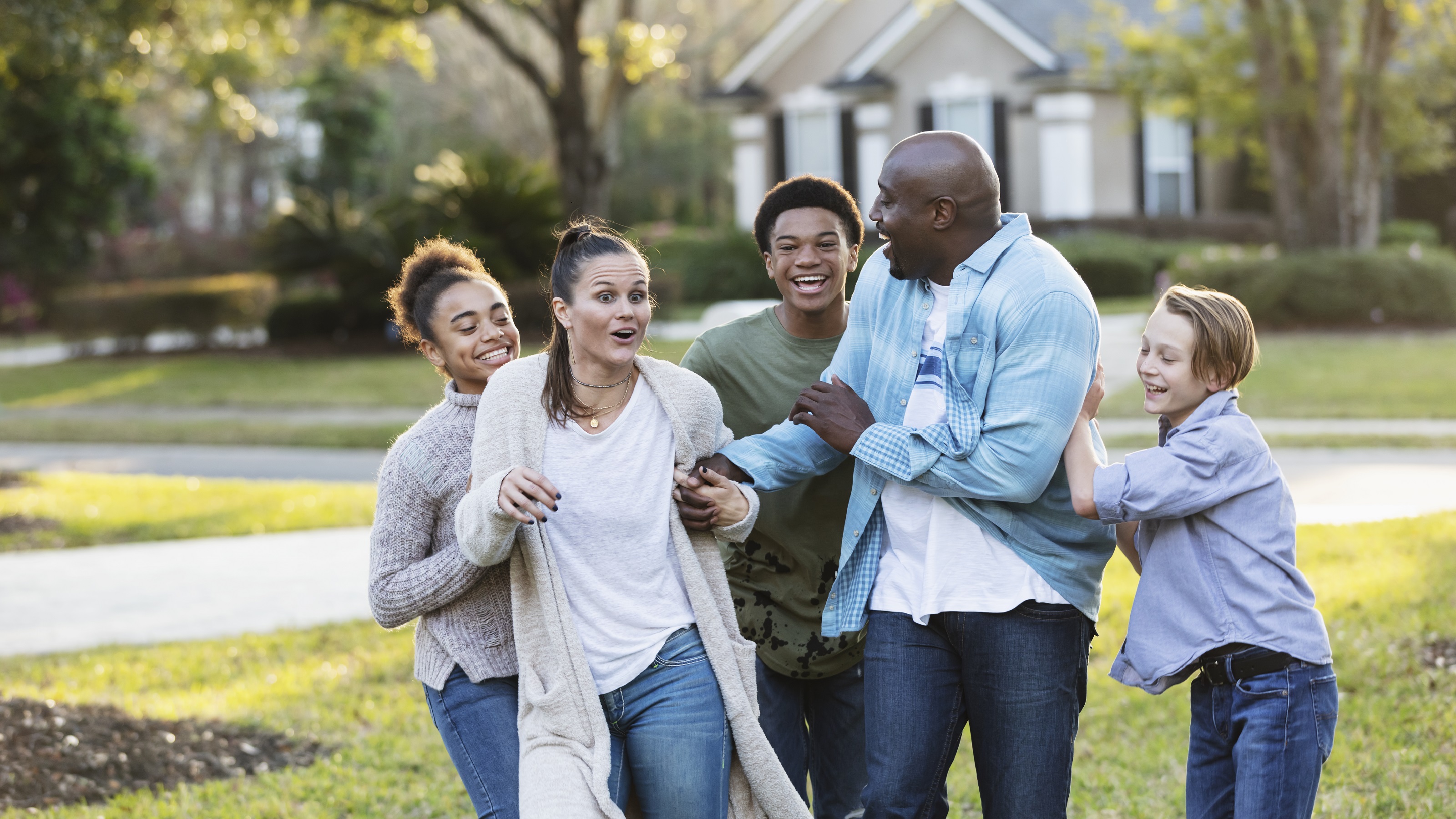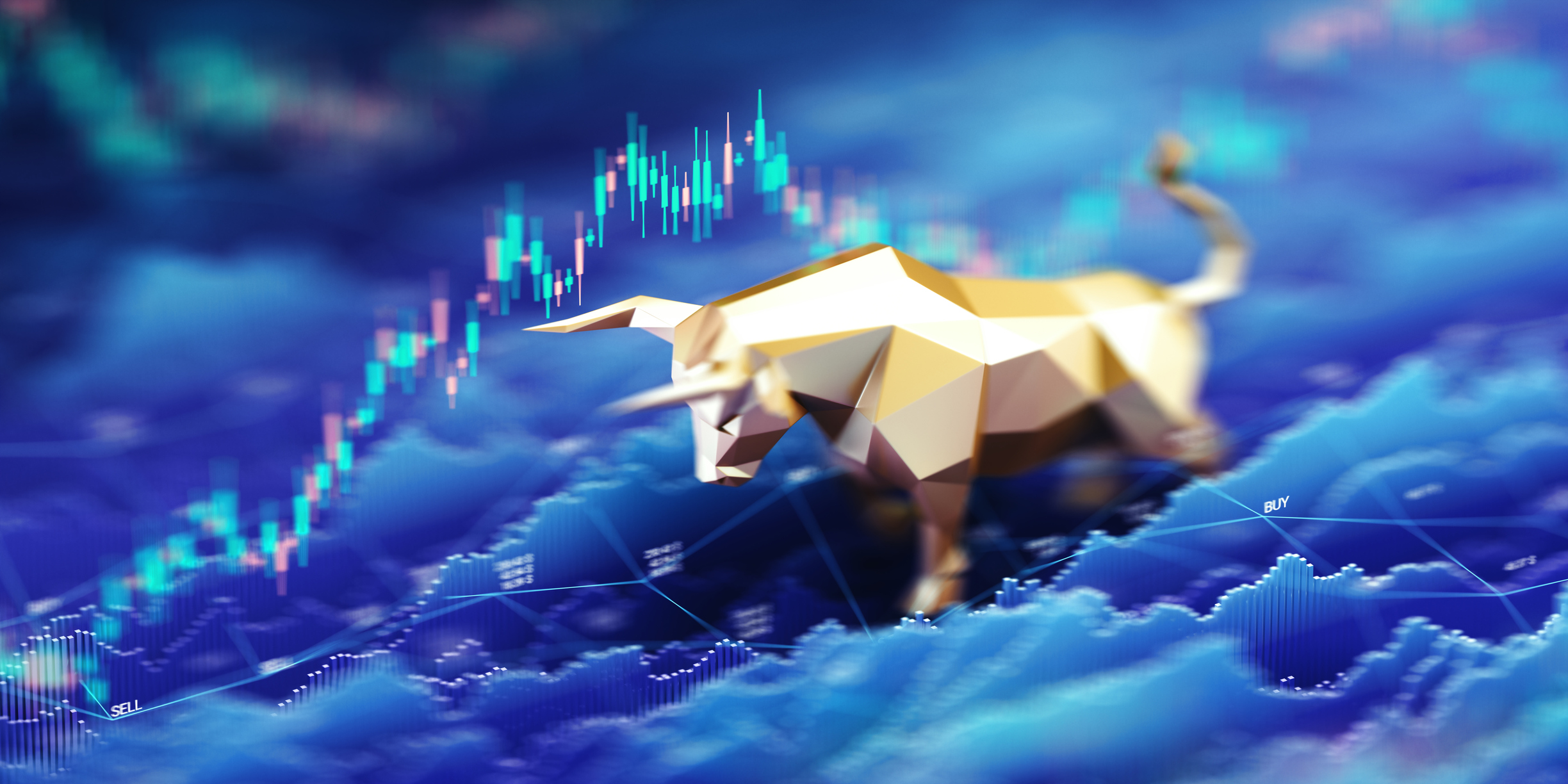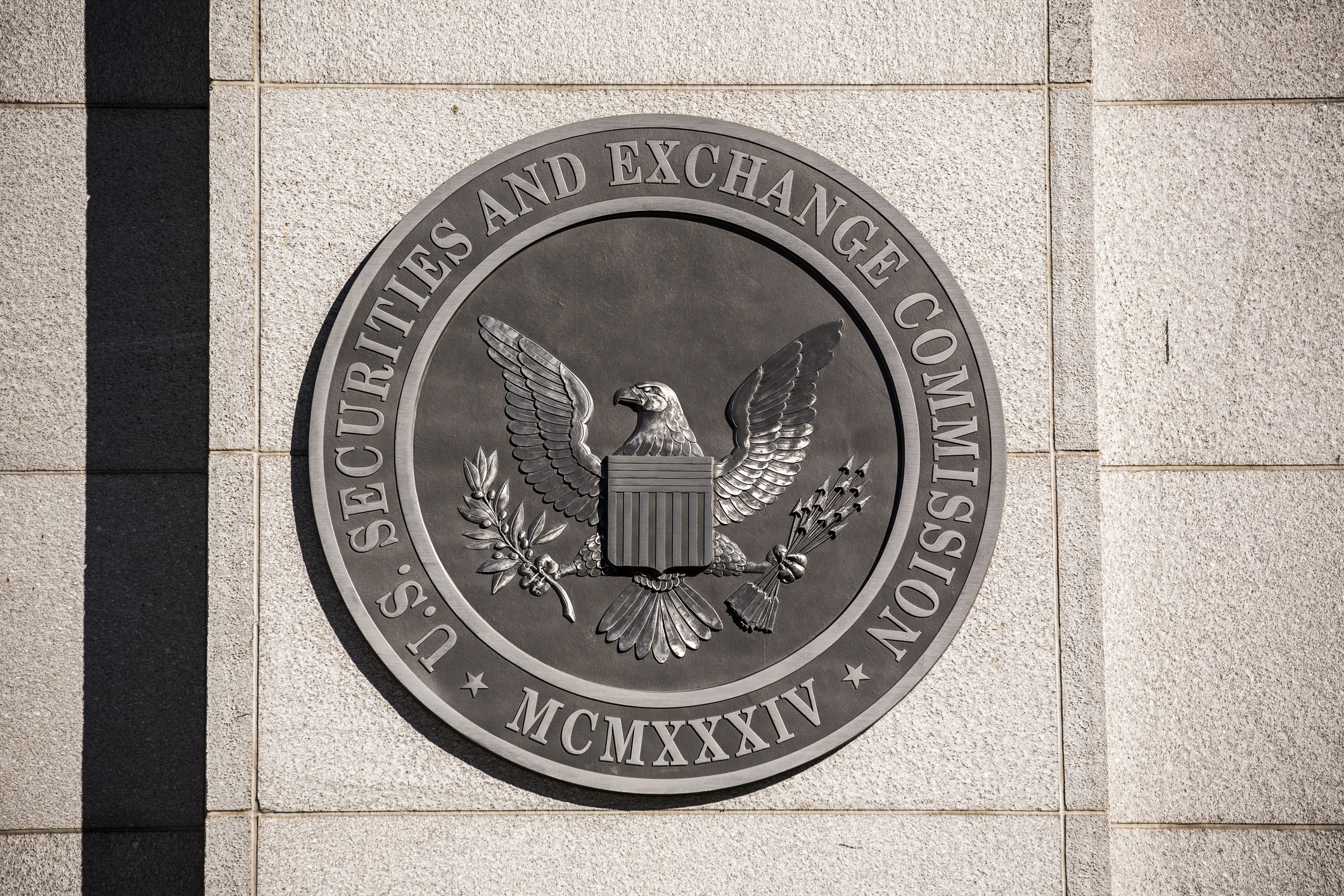The Six Estate Planning Steps Every Blended Family Must Take
Whether your blended family is newly formed or fully fledged, use these six steps to review your estate plans now and lower the risk of conflict in the future.


As the saying goes, you don’t just marry a person — you marry their family.
This can raise issues even in the best of cases, but it can be especially tough for blended families. Case in point: When two of my friends got married this year, they were both entering their second marriage, each with children and with one side bringing significant assets and a family business to the union. They had to navigate difficult questions about how to manage finances and who would inherit what, all while trying to determine what “fairness” looks like in this new arrangement.
They aren’t alone. It’s estimated that over half of Americans have been or will be part of a blended family at some point in their lifetime — and 75% of parents in such families report not having the resources they need to manage the shift.
From just $107.88 $24.99 for Kiplinger Personal Finance
Become a smarter, better informed investor. Subscribe from just $107.88 $24.99, plus get up to 4 Special Issues

Sign up for Kiplinger’s Free Newsletters
Profit and prosper with the best of expert advice on investing, taxes, retirement, personal finance and more - straight to your e-mail.
Profit and prosper with the best of expert advice - straight to your e-mail.
When it comes to estate planning, this state of play can spell disaster. For instance: What if an ex gets life insurance proceeds because someone forgot to change the beneficiary? Or trusts aren’t set up to distribute assets properly between the children and stepchildren of a deceased spouse (aka the bad part of the Cinderella story)? Or, in the case of a second marriage where one spouse is affluent and the other isn’t, assets move to the next generation equally rather than proportionally? Fights over family businesses create a whole host of other concerns that could jeopardize the livelihoods of employees, too.
Fortunately, there are some relatively simple actions couples can take to mitigate these risks. Here are six best practices to keep top of mind.
1. Use trusts to avoid delays and the cost of probate
Going through probate — the legal process that takes place after someone dies to transfer assets to their beneficiaries — can lead to both increased costs and additional time before beneficiaries can access assets.
According to a probate fee calculator (there are many available online), probate could cost $404,000 on a $5 million estate, including the executor fee, attorneys’ fees and court costs. From a timing standpoint, the typical probate process is 12 to 18 months; however, probate can take five years or more when things are either financially or emotionally complicated.

Stephen has built a thriving financial services practice where he empowers others to make informed financial decisions and take charge of their future. He is also committed to the growth and success of more than 70 financial advisers. He is passionate about helping people align their finances with their values, improve financial decision-making and decrease financial stress to build the legacy they want for future generations.
Blended families often come with such complications, underscoring the importance of setting up trusts. Trusts not only allow beneficiaries to sidestep the probate process but also give the creators more control over asset distribution, reduce the need for litigation and can minimize taxes for people with large estates.
2. Review documents following big life events
Given their complex structures, it’s especially important that blended families review estate planning documents, such as wills and trusts, alongside major life events, such as births, deaths, divorces, marriages, inheritances, selling a business or significant promotions, to name a few. If any of these occur — and in blended families, they will likely do so more frequently — it’s important to keep an eye out for any needed changes or adjustments to the estate plan.
3. Conduct a beneficiary audit at least once every three years
Along the same lines as document reviews, parents of blended families should review any assets that have a named beneficiary at least once every other year to ensure said assets are going to the right people. Some typical examples of these types of assets would be: a life insurance policy, a 401(k), bank accounts and investment accounts. When these accounts are first set up, they typically include a named beneficiary and sometimes a contingent beneficiary in the initial paperwork. Yet, if beneficiary designations aren’t updated as life evolves, an asset could go to the wrong person (an ex-spouse, for example).
4. Avoid fights over things that have more emotional than financial value
For things that don’t have a named beneficiary (for example, Mom’s favorite bracelet, Dad’s watch, etc.), be sure to instruct who should inherit these assets rather than, say, leaving it to a stepparent or children to decide and potentially causing a fight. Even better, make an inventory list with the name of the person who should inherit the asset next to each item and update it once every three years alongside beneficiaries.
5. Update health care directives
A health care directive is the document used to make choices about how we want end-of-life care to be administered and who can make medical decisions on our behalf. Taking a thoughtful approach to this directive is critical for blended families.
Imagine, for instance, a biological parent is at the end of his life and his current spouse — and stepmom to his adult children — is the one making the decisions about his care. This might create an insurmountable conflict between the stepmom and adult kids if they disagree about treatment plans. This could be especially sensitive if his assets are set up to move to the stepmom and/or she has the ability to allocate assets between the stepchildren and her biological children.
Worst of all, failing to update health care directives when divorcing or remarrying could potentially leave an ex-spouse solely in charge of end-of-life care — a situation no one wants.
6. Ask yourself: Does a professional fiduciary make sense for your blended family?
A professional fiduciary is entrusted to provide financial and health care options that ensure their client’s documented wishes are followed. In doing so, a fiduciary can relieve some of the decision-making pressure from blended families, provide skillsets friends and family may not have themselves, and act as a neutral party should there be ongoing (or potential) conflict among family members.
Ultimately, with the right preparation and counsel, blended families can make the estate planning decisions that are right for them. Just remember: Fair is not necessarily equal, and it’s important to make the tough choices while you’re still alive and able to communicate them to everyone involved.
After all, a good legacy involves more than just assets — it’s also about leaving your family, blended or not, in emotional and financial peace.
This article, which has been written by an outside source and is provided as a courtesy by Stephen B. Dunbar III, JD, CLU, Executive Vice President of the Georgia Alabama Gulf Coast Branch of Equitable Advisors, LLC, does not offer or constitute, and should not be relied upon, as financial, investment, tax, or legal advice. Your unique needs, goals and circumstances require the individualized attention of your own tax, legal, financial professionals whose advice and services will prevail over any information provided in this article. Equitable Advisors, LLC and its affiliates do not provide tax or legal advice or services Stephen B. Dunbar III offers securities through Equitable Advisors, LLC (NY, NY 212-314-4600), member FINRA, SIPC (Equitable Financial Advisors in MI & TN), offers investment advisory products and services through Equitable Advisors, LLC, an SEC-registered investment advisor, and offers annuity and insurance products through Equitable Network, LLC (Equitable Network Insurance Agency of California, LLC). Financial Professionals may transact business and/or respond to inquiries only in state(s) in which they are properly qualified. AGE-7314938.1(11/24)(exp.11/28)
Related Content
- How to Navigate Finances as a Blended Family
- Creating a Blended Family? Three Key Steps to Consider
- Four Estate Planning Steps to Promote Peace in Blended Families
- Raising Grandkids? Five Financial Considerations
- Where to Start Financially After a Life-Changing Diagnosis
Profit and prosper with the best of Kiplinger's advice on investing, taxes, retirement, personal finance and much more. Delivered daily. Enter your email in the box and click Sign Me Up.

Stephen Dunbar, Executive Vice President of Equitable Advisors’ Georgia, Alabama, Gulf Coast Branch, has built a thriving financial services practice where he empowers others to make informed financial decisions and take charge of their future. Dunbar oversees a territory that includes Georgia, Alabama and Florida. He is also committed to the growth and success of more than 70 financial advisers. He is passionate about helping people align their finances with their values, improve financial decision-making and decrease financial stress to build the legacy they want for future generations.
-
 'Humbug!' Say Consumers, Despite Hot GDP: Stock Market Today
'Humbug!' Say Consumers, Despite Hot GDP: Stock Market Today"The stock market is not the economy," they say, but both things are up. Yet one survey says people are still feeling down in the middle of this complex season.
-
 The SEC Is Concerned for Older Investors and Retirement Savers. Here's What You Should Know
The SEC Is Concerned for Older Investors and Retirement Savers. Here's What You Should KnowThe SEC focusing on older investors, retirement and college savers, and private securities. Here's how those changes impact you.
-
 Vesting, Catch-Ups and Roths: The 401(k) Knowledge Quiz
Vesting, Catch-Ups and Roths: The 401(k) Knowledge QuizQuiz Test your understanding of key 401(k) concepts with our quick quiz.
-
 'Humbug!' Say Consumers, Despite Hot GDP: Stock Market Today
'Humbug!' Say Consumers, Despite Hot GDP: Stock Market Today"The stock market is not the economy," they say, but both things are up. Yet one survey says people are still feeling down in the middle of this complex season.
-
 The SEC Is Concerned for Older Investors and Retirement Savers. Here's What You Should Know.
The SEC Is Concerned for Older Investors and Retirement Savers. Here's What You Should Know.The SEC focusing on older investors, retirement and college savers, and private securities. Here's how those changes impact you.
-
 Vesting, Catch-Ups and Roths: The 401(k) Knowledge Quiz
Vesting, Catch-Ups and Roths: The 401(k) Knowledge QuizQuiz Test your understanding of key 401(k) concepts with our quick quiz.
-
 Why You Should Pay Attention to Company Guidance
Why You Should Pay Attention to Company GuidanceUnderstanding how corporate profit forecasts affect analysts’ estimates and stock ratings can help you make investment decisions.
-
 How to Protect Yourself and Others From a Troubled Adult Child: A Lesson from Real Life
How to Protect Yourself and Others From a Troubled Adult Child: A Lesson from Real LifeThis case of a violent adult son whose parents are in denial is an example of the extreme risks some parents face if they neglect essential safety precautions.
-
 To Build Client Relationships That Last, Embrace Simplicity
To Build Client Relationships That Last, Embrace SimplicityAs more automation becomes the norm, you can distinguish yourself as a financial professional by using technology wisely and prioritizing personal touches.
-
 Client Demand Is Forcing Financial Advisers to Specialize: How to Deliver
Client Demand Is Forcing Financial Advisers to Specialize: How to DeliverThe complexity of wealthy clients' needs — combined with AI and consumer demand — suggests the future of financial planning belongs to specialized experts.
-
 Stocks Rise to the Spirit of the Season: Stock Market Today
Stocks Rise to the Spirit of the Season: Stock Market TodayInvestors, traders and speculators are beginning to like the looks of a potential year-end rally.